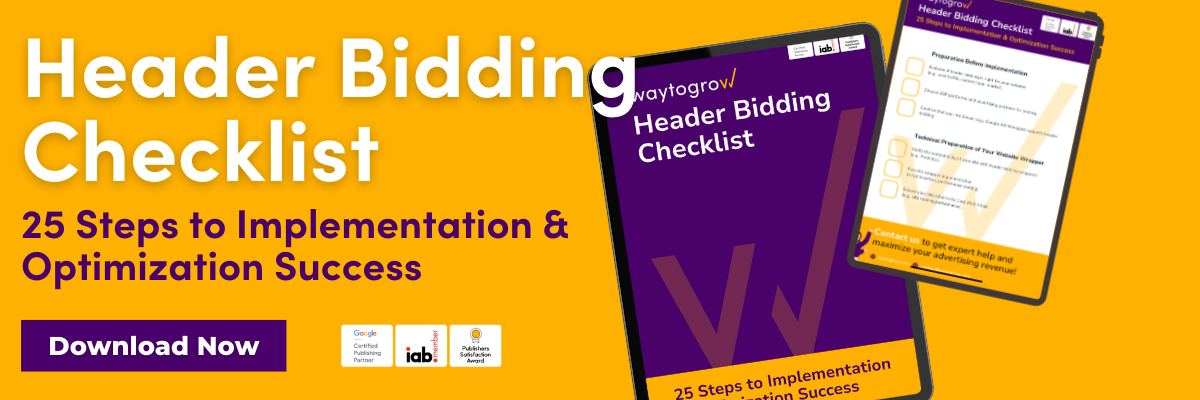In today’s digital age, the boom of cloud-based applications is reshaping the business landscape. With forecasts indicating growth upwards of $101.3 billion by 2022, the question is not whether to build an app, but how to approach it. Should you opt for a Single Page Application (SPA) or a Multi-Page Application (MPA)? Let’s dive into the thrilling world of SPA vs. MPA to find your perfect fit.
The Age of Agility: Understanding Single Page Application
In today’s fast-paced digital landscape, agility is key to delivering a seamless user experience. Single Page Applications (SPA) embody this agility, offering a glimpse into the future of web development.
SPAs load a single HTML page and dynamically update the content as the user interacts with the app. This approach utilizes AJAX technology, which allows content to be displayed without reloading the entire page. SPAs are accessible via a web browser, which distinguishes them from desktop and mobile applications that require installation. Common JavaScript frameworks that facilitate SPA development include React, Angular, and Vue.
Pros:
- Progressive Web Apps (PWAs) Integration: SPAs offer a more seamless experience, easily converting to PWAs. This ensures that users can have offline access to preloaded pages, thanks to the app’s JavaScript-dependent shell.
- Development Efficiency: With most native applications built on JavaScript, SPAs simplify both development and maintenance. Tools like React Native further ease the conversion of web applications into native apps.
- Smooth Performance: SPAs often separate their front-end from their back-end, using HTML and JavaScript components for the front-end. This separation ensures optimal performance.
Cons:
- SEO Challenges: SPAs can pose difficulties in SEO optimization. Content loading issues might disrupt the operations of crawlers, leading to a decline in SEO value.
- Advertising Impact: SPAs reduce the number of interpage movements on a website, which could result in fewer impressions generated with standard ad units.
- Proper server configuration: Without proper server configuration, linking mechanisms may be faulty, leading to problems with SEO and application use.
In summary, SPAs are rapidly becoming essential in contemporary web development, characterized by their speed and responsiveness. They meet the growing demand for seamless, real-time user interactions. However, they present some challenges, especially in the realms of SEO and advertising. Fortunately, from an advertising viewpoint, Waytogrow’s GROW Smart Engine, coupled with the reload feature on all Waytogrow ad units, can mitigate this reduction. This ensures that new impressions are generated, irrespective of user movement between different pages on the site.
SPA definition
Single Page Application (SPA) is a type of web application that runs within a single website. All application content is located in one space, which makes it easier and faster to use. The SPA application is built in such a way that after the first page load, all subsequent data and views are loaded in the background, thanks to which the user experiences smooth navigation without interrupting the continuity of work. Thanks to this model, SPA applications offer exceptionally fast and responsive interactions, which is crucial in today’s dynamic world of web applications.
How does the SPA work?
The SPA application works based on AJAX technology, which enables asynchronous data transfer between the server and the user’s web browser without the need to reload the page. Thanks to this, the user can use the application without having to wait for the page to fully reload with each interaction. Application status is managed on the client’s website, which allows for smooth and quick content updates. After the first page load, all subsequent data and views are loaded in the background, providing the user with uninterrupted and smooth navigation.
Advantages and disadvantages of SPA
The Traditional Powerhouse: Unpacking Multi Page Application
Multi-Page Applications (MPAs) are the traditional titans of web development, utilizing a conventional approach that has powered websites for years.
MPAs consist of numerous pages, where each click on a different area of the website prompts the server to load a new page entirely. This conventional architecture is familiar to users, seen in well-known platforms like eBay and Amazon. Unlike web applications, which are more universal and do not require installation, MPAs offer stability and scalability that desktop applications often lack.
Pros:
- SEO Optimization: MPAs are known for their SEO friendliness. Indexing bots can easily pick up the material, and optimizing each page for separate keywords improves website positioning.
- Scalability: MPAs are incredibly scalable, allowing for the addition of endless new features, product pages, and content. This architecture is ideal for complex websites.
- Rich Development Resources: With a plethora of frameworks, tutorials, and best practices available, developers find a wealth of support in building MPAs.
- Ideal for Online Stores: MPAs are especially recommended for online stores because they enable the presentation of static content that does not require frequent updating.
Cons:
- Speed and Response Time: MPAs can be slower to respond as they need to load new pages frequently. This can degrade the user experience.
- Development Complexity: MPAs often take longer to create since both front-end and back-end are closely linked, making the development process more time-consuming.
In conclusion, MPAs represent the traditional powerhouse of web applications, offering stability, scalability, and SEO advantages. However, they also come with some trade-offs in speed and development complexity. Their role in today’s e-commerce platforms, like Amazon, attests to their continued relevance and efficacy.
By understanding both SPA and MPA, businesses can make an informed decision on the architecture that best suits their specific needs, keeping in mind the evolving trends in web development. Whether it’s the agile SPA or the robust MPA, the choice will depend on factors like user experience, SEO goals, scalability requirements, and development resources.
SPA vs. MPA: Breaking Down the Differences in Web applications
MPAs resemble conventional websites in their structure, featuring numerous distinct pages that users can navigate through. Each page typically focuses on a specific product, service, or type of content. In contrast, SPAs operate on a single page and dynamically update the content without the need for reloading the entire page. SPAs render content in the browser using JavaScript, while MPAs generate HTML on the server side, which can be more beneficial for SEO.
- Speed: SPA preloads and is quicker post-initial lag, while MPA must request data for every new page, slowing the process.
- Security: SPAs secure endpoints quickly but are more susceptible to attacks. MPAs, though not infallible, offer a more robust security structure.
- Scalability & Ease of Development: MPA is limitless in scalability, while SPA’s single-page limit may hold it back. However, SPA wins in development ease, thanks to reusable backend code.
- User Experience & SEO Friendliness: SPA’s mobile-friendly approach gives it an edge in UX, while MPA’s page-wise optimization ensures it takes the SEO crown.
- Advertising & Impressions Generation: In traditional MPAs, the regular interpage movements allow for a standard ad grid layout, often generating a consistent number of impressions with each page transition. SPAs, however, challenge this model due to reduced interpage movements. Yet, tailored solutions like Waytogrow’s GROW Smart Engine, combined with the reload feature on all Waytogrow ad units, ensure SPAs can still generate robust ad impressions as users navigate the site.
Technologies in Web Applications
Frameworks: Angular, React, Vue
Angular, React and Vue frameworks are popular technologies used in web applications. Each of them has its own advantages and disadvantages, but all are used to build web applications that are fast, smooth and responsive.
- Angular: Angular is an end-to-end framework that integrates features such as modularity, routing, and component management. It is used to build web applications that are fast and responsive, as well as easy to scale.
- React: React is a framework that focuses on building interactive user interfaces efficiently. Thanks to its flexibility and the ability to reuse components, it is ideal for creating dynamic web applications.
- Vue: Vue combines the advantages of both technologies, offering simplicity and flexibility. It is used to build web applications that are fast, responsive, and easy to use, making it a popular choice among developers.
All these frameworks are used to build web applications that are fast, smooth and responsive. Each has its own advantages and disadvantages, but all are popular technologies among web application developers, providing the tools necessary to create modern and effective web applications.
How To Pick Your Path: SPA or MPA in Web Applications?
The choice between SPA and MPA isn’t about right or wrong; it’s about aligning with your needs, objectives, and resources.
- Need for Speed? Choose SPA for rapid loading and image-heavy sites.
- SEO Focus? MPA stands tall with individual page optimization.
- Planning for Growth? MPA’s scalability ensures your app grows with your ambition.
- Looking for Flexibility? SPA’s ability to convert to progressive web apps (PWAs) may be your ticket.
- Prioritizing Advertising Revenue? MPA’s inherent design allows for a standard ad grid layout that regularly generates impressions with every page transition. However, for SPAs/PWA’s, beside the fact they inherently have fewer page transition may cause some serious problems regarding the advanced monetization solutions, especially those which include built-in header-bidding functionalities. Nevertheless Waytogrow’s customly developed advertising library is able to cope with such challenges not only by supporting proper Google Ad Manager adserver implementation but right ensure smooth header-bidding operations in that enviroment as well though.
SPA and MPA are like two sides of a coin, each with unique strengths and considerations. Understanding the differences between SPA and MPA is crucial to making the right choice. Regardless of which route you choose, Waytogrow has the answer for both SPA and MPA tailored to your needs. Still uncertain about your decision? Don’t hesitate to reach out to us at Waytogrow, and we’ll guide you through the intricacies of SPA vs. MPA, ensuring you make the best choice for your business.
Share on:











